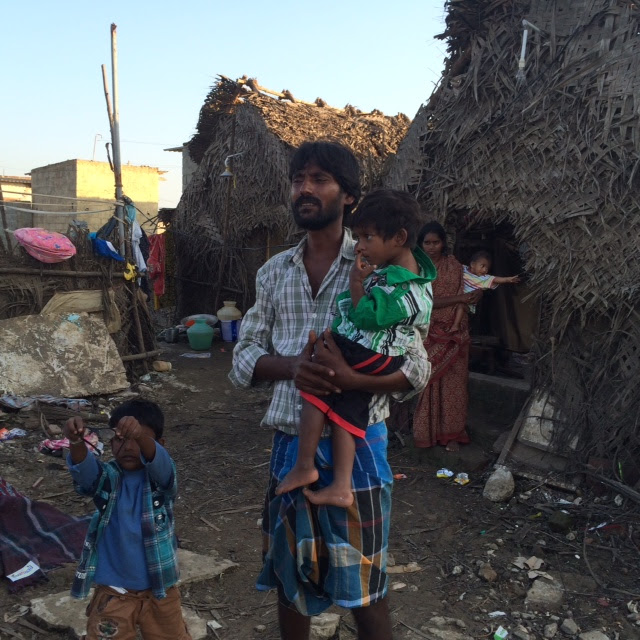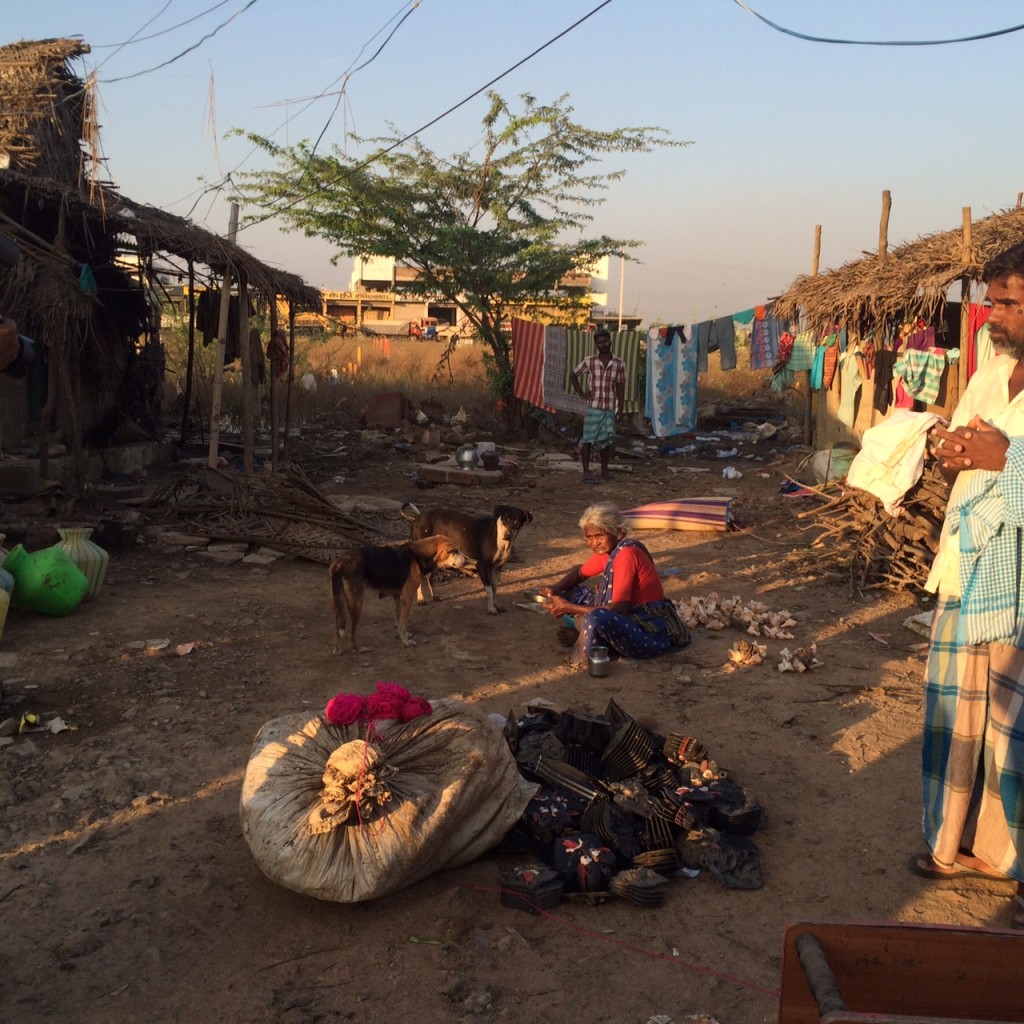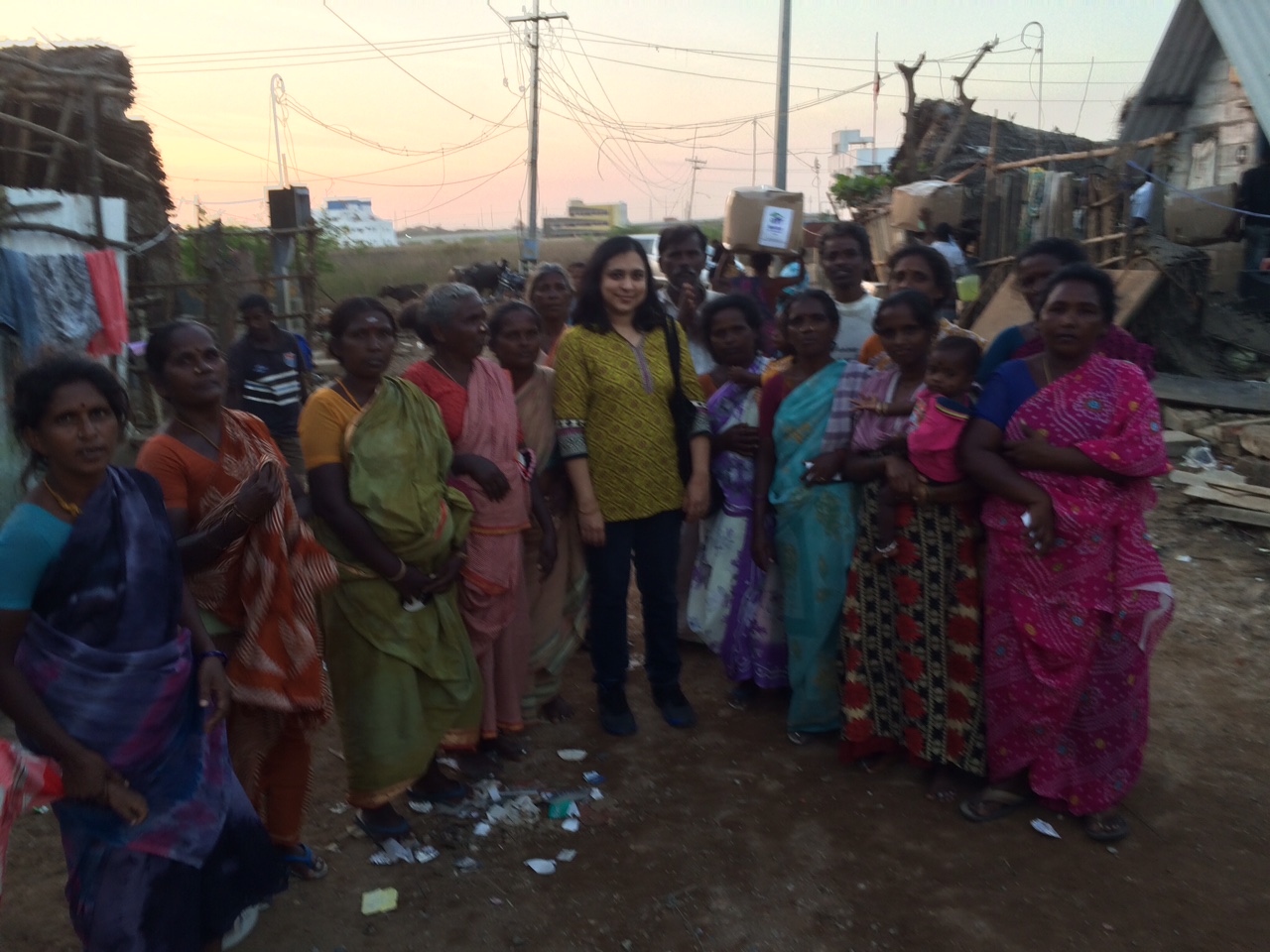By Anu Chitrapu
INDIA New England News Columnist
BOSTON—(Editor’s note: INDIA New England News Columnist Anu Chitrapu writes about her experiences working on the ground in Chennai to help with relief operations. This is the first of a three-part series.)
I just returned from Chennai after spending two weeks working with an NGO on flood relief operations. I thought I knew Chennai well but what I saw these last two weeks showed me how little I knew. The city is recovering from the devastation and for most, the terrifying days when the water rose to frightening levels will soon be forgotten. But for some, the experience will haunt them for a long time – some lost everything they owned, some fled their homes and are happy to be alive, some rushed out to help their friends and relatives, some have still not returned to their homes.

Moreover, then there are some who lost their homes and their possessions and have no means to rebuild their lives. These are the people I met with and I would like to share their stories through this 3-part series of articles.
What caused this unprecedented and unexpected flood is still being debated. Non-stop rain for several days filled up all the reservoirs in the city to the point that they were at risk of bursting. To prevent this from happening, authorities let out water from the reservoirs and everything in the path of the rushing water from them was affected. There are some who say if the water letting was done earlier, the damage would not have been so devastating, which seems plausible.
Of course, if the water was not let out and the reservoirs burst the damage would have been far worse. There must be an optimal time to let the water out and it must be a difficult task to determine exactly what the right time is to balance out storing enough water for the dry summer months against filling up so much water that there was risk of the dam bursting. Whether it was the rain, the unplanned building and expansion of the city … the bottom line is the city experienced something it has never experienced before and it will take a significant amount of time and resources before the city gets back to normal.

One of the most badly affected groups of people were the slum dwellers who lived along the Cooum river. While some lived in huts/houses that were allowed by the government, many lived in homes that are considered illegal.
One of the areas I visited, Anjugamnagar, was one such area where 150 families had legal huts that were mostly destroyed by the flood. There were another 25 families who had set up homes right next to the legal homes but were considered as illegal occupiers of government land. While the 150 families received some help and support, the 25 did not even receive blankets. Our records showed only 150 families in the area so we arrived with 150 survival kits which contained a bio-mass stove, a water filter, a tarpaulin sheet with rope to secure it, mats to sleep on, cooking

utensils, serving vessels, a hygiene kit with soap, toothpaste, toothbrushes, bleaching powder and brushes to clean the house, towels, a bucket and a mug. When we started distributing the kits, the ‘illegal’ occupants came to us and begged us to look at their huts. We walked into the remains of their houses – it was obvious there was nothing left in the houses. Children’s wet notebooks were lying outside the houses amidst broken pieces of wire and rags.
The huts did not have roofs anymore. The steps leading inside were broken and in some cases non-existent; we had to be pulled up to enter the house. While it was clear they also needed the survival kits, we had only 150 kits and 175 families that needed them. I discussed with the team and we decided we would bring another 25 kits the next day but on that day we had only 150. I walked to the area where the 25 families were waiting and told them we would bring kits for them soon but at the moment did not have enough. I could see some of them did not believe me, they thought I was making it up to pacify them. Some walked away, some followed me around telling their stories while still others watched hopefully as others received their kits. The ones who received the kits were ecstatic. There was one young mother holding a one month old infant who was so happy with the kit that she asked me to name her son!
While it was good to see the happy faces, I could not forget the resigned look on the faces of those who did not receive them. On the long ride back home, the team was very quiet – we felt we had failed the 25 families. Just as we entered the city, we received a call from the office — fresh supplies had arrived and we needed a team of volunteers who could pack the supplies into the boxes! The mood in the car changed dramatically and everyone got on their phones quickly to try to get volunteers to help create kits the next day. After all tomorrow was another new day…















The basic problem in Chennai is that the annual rainfall is highly variable. In some years it is as low as 18 inches and there is drought. In other years it is as high as 90 inches and there are floods.
Chennai and neighborhood often have drought. Hence, the residents have built hundreds of reservoirs which are used both for irrigation and drinking water. The largest of these is Chembarambakkam lake. The Kesavaram dam diverts water from the Cooum river into the Chembarambakkam Lake which supplies drinking water to the city of Chennai. Surplus from the lake flows into the Adyar river.
Chembarambakkam and other reservoirs have lost much of their storage capacity due to silting.
In 2015 there were two spells of prolonged rainfall of moderate intensity. Both these spells were very much forecast and it was apathy and complacency that caught the people unprepared.
– See more at: http://amolak.in/web/the-chennai-floods-of-2015-history-repeats-itself-by-joseph-thomas/#comments
Hi Anu,
Hats of to you to work on the ground zero. It must not have been easy. Chennai still need a lot of funding to get back and we as a team(IFNE) in Boston is trying to do the fundraising to support the real affected people. Please support by attending the event this weekend for fundraising for chennai floods.
Here is the more info if anyone is interested.
https://www.facebook.com/events/432096650317728/
Thanks
Sandhiya